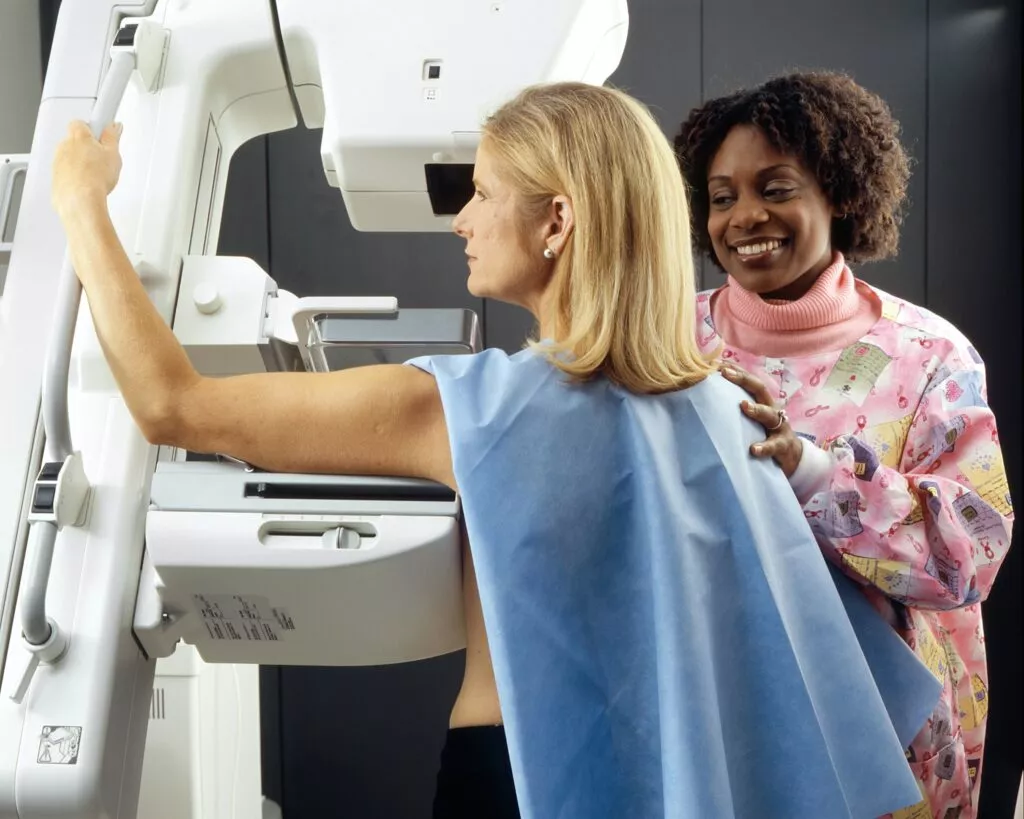Health and Wellness
Lymphedema / Lymphatic Massage

The lymphatic system includes lymph fluid, lymphatic vessels and lymph nodes. The lymph vessels pick up excess fluid and protein from tissue, filter it through the lymph nodes and return it to the blood circulatory system. This system plays an important role in immunity as it transports viruses and bacteria which are filtered in the lymph nodes where they are destroyed and eliminated as waste before returning to the bloodstream.
When lymph nodes are removed and lymph vessels are excised during breast surgery, or damaged from radiation therapy, the lymph nodes and vessels may be impaired and the lymphatics may not be able to efficiently transport the lymph fluid to the blood circulatory system. When normal flow is impeded the accumulation of protein rich lymphatic fluid may occur resulting in lymphedema. This back up of fluid may cause edema or swelling of the arm, hand, fingers, chest or back. The onset may be mild to profound and can occur at any time within weeks of surgery or radiation therapy or even months to years later.
With the advent of sentinel node dissection in the late 90s the surgeon “routinely” removes only the first few nodes to drain the tumor and the incidence of lymphedema has markedly decreased.
Symptoms of lymphedema may include: mild to moderate swelling of the arm or hand, a feeling of heaviness, tingling, aching, change in range of motion, redness and recurring infection. As the condition progresses a hardening and thickening of the skin may appear.
L-DEX: this is a non-invasive test which can aid in the early detection of lymphedema. The test measures the fluid level in the at-risk arm. By getting a pre-op baseline the measurement can be repeated at intervals during and after treatment to determine any build up of fluid. This allows for early intervention of any developing lymphedema.
Treatment of lymphedema includes:
Consultation: to evaluate health and symptoms
MLD / Manual Lymph Drainage: a specialized form of massage
Bandaging: specialized low stretch bandages to maintain the reduction of edema following MLD
Exercise: to promote lymph drainage
Skin Care: to maintain integrity of skin and prevent infection
Education: teach MLD, bandaging, exercise and skin care as well as practices to avoid worsening the condition.
Surgical Procedures:
- Lymph Node Transfer. VLNT surgery, vascularized lymph node transfer, replaces lost lymph nodes with healthy ones. This procedure can improve lymphatic flow in the affected area.
- Lymphaticovenous Anastomosis. LVA connects the lymphatic vessels in the affected area to tiny veins allowing the excess lymph fluid to drain directly into the vein and return to the circulatory system.
Donate
Today
Your donation supports our mission to provide breast cancer education to EVERY woman.